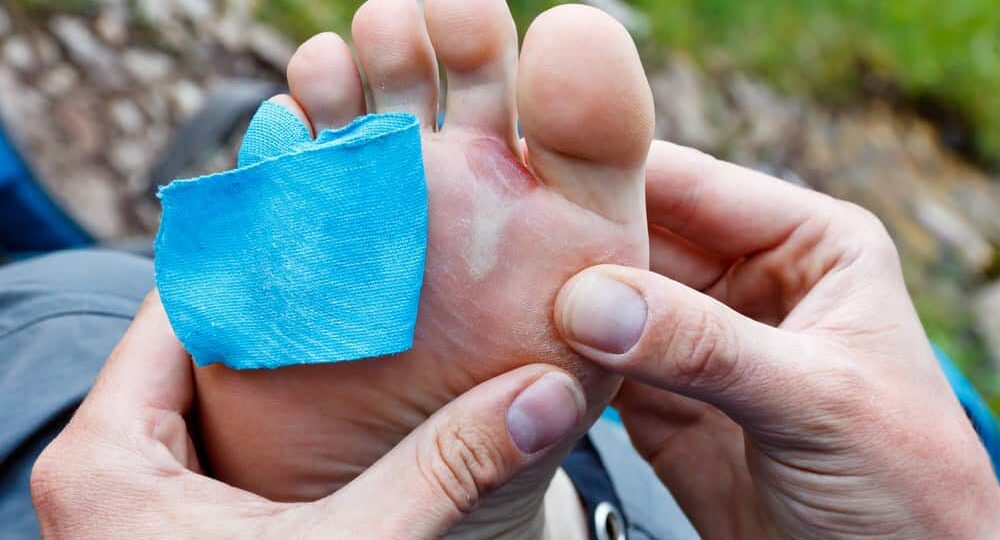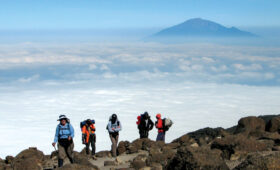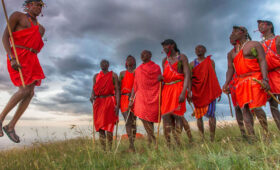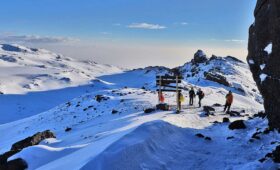How to Prevent Blisters While Hiking Kilimanjaro
Climbing Mount Kilimanjaro is the adventure of a lifetime—but nothing can derail your summit dreams faster than painful blisters. At Mandari Travel, we want your trek to be smooth and enjoyable, so we’ve created this complete guide on how to prevent blisters while hiking Kilimanjaro.
Why Do Blisters Happen?
Blisters form when friction, heat, and moisture affect your skin, usually on your feet. On a demanding trek like Kilimanjaro, which involves 5–9 days of continuous hiking through varying terrain and climate, even minor irritation can quickly become a serious problem.
1. Choose the Right Hiking Boots
Your boots are your most important piece of gear. To avoid blisters:
- Buy quality hiking boots well in advance.
- Break them in on multiple hikes before your Kilimanjaro trip.
- Ensure there’s enough room in the toe box and heel to prevent rubbing.
Avoid wearing brand-new boots on the mountain, this is a common mistake!
2. Use Proper Hiking Socks
Not all socks are created equal. Invest in moisture-wicking, seamless hiking socks made of merino wool or synthetic materials. Avoid cotton, as it retains moisture.
Consider wearing liner socks under your hiking socks. These thin socks reduce friction and help manage moisture.
3. Keep Your Feet Dry
Moisture is the enemy. Use foot powders or anti-chafing balms like BodyGlide before starting your hike each day. Change into dry socks if your feet become damp from sweat or water crossings.
Pack at least 2-3 pairs of good hiking socks so you can rotate and dry them between days.
4. Lacing Techniques Matter
Improper lacing can lead to unwanted foot movement and pressure points. Try different lacing techniques to secure your heel, relieve pressure, and improve circulation.
Mandari Travel guides are trained to help with boot fitting and lacing if needed during your trek.
5. Listen to Hot Spots
At the first sign of a “hot spot” (a warm or irritated area), stop immediately. Apply moleskin, blister tape, or a bandage. Don’t wait for a blister to form—early action can save your feet.
6. Prepare Your Feet
Start conditioning your feet weeks before your trek. Hike on similar terrain with your full gear and boots. Toughened skin and calluses (in moderation) can help prevent blisters.
You can also toughen your feet by applying rubbing alcohol during training hikes (consult with your doctor before trying this).
7. Pack a Blister Kit
In your daypack, include:
- Moleskin or blister patches
- Antiseptic wipes
- Medical tape
- Foot powder
- Extra socks
Our Kilimanjaro support team carries medical supplies, but having your own blister kit adds extra comfort and peace of mind.
Ready to Climb Kilimanjaro?
Preventing blisters is all about preparation and awareness. At Mandari Travel, we ensure every trekker is fully supported with expert guides, proper equipment advice, and mountain-tested tips.
Have questions?
Email: info@mandaritravel
Call or WhatsApp us at +255 750 900 811
Request a Quote for Your Kilimanjaro Trek
Fill out the form below and one of our travel experts will get back to you with a customized quote and itinerary.




